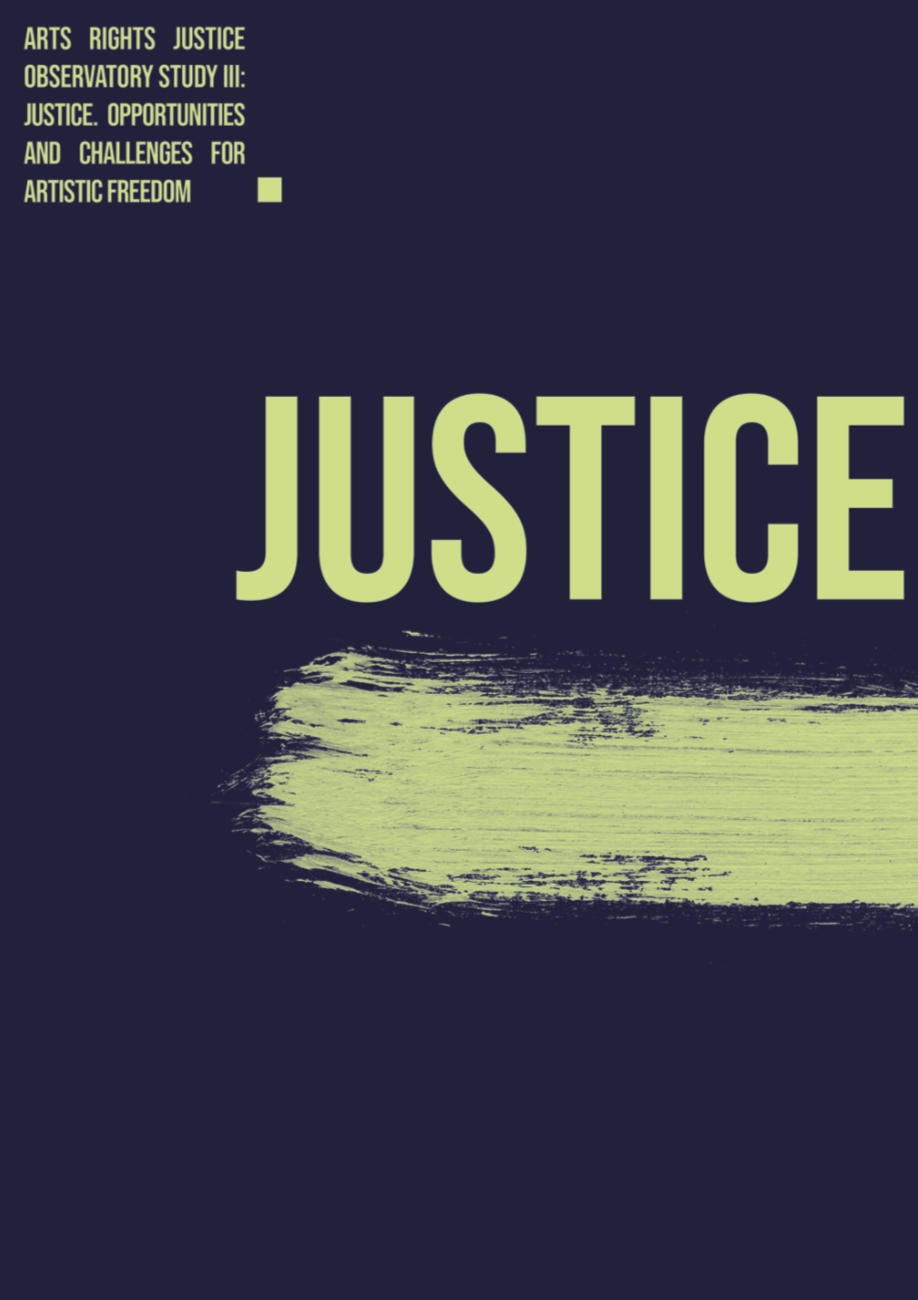 Art, Freedom of Expression, and Challenges to Freedom of Expression
Art, Freedom of Expression, and Challenges to Freedom of Expression
Why are art and creativity related to the concepts of freedom, justice and the absence of restrictions? Why are artists often attacked and threatened because of their artistic expres- sion and the free expression of their ideas? For years, the issue of artistic freedom of expression has been the subject of discussions and campaigns of support in different parts of the world, both rich and poor countries, and in countries with different political, economic and social conditions. Why did the protection of artists become necessary? And can we find the mechanisms to ensure free artistic expression?
Art is an activity of a special nature, because it deals with ideas and feelings and because it conveys many messages, so it is powerful and influential.
‘Art is powerful, emotional and transformative. Art exists to express ideas and emotions that often are beautiful and non-contentious, but art can at times also spur debate, question ideology and regime, and even lead to social and political change. For these reasons, we understand the value of art, the freedom of its expression and the necessity for its protection as a human right, specifically because many seek to undermine it for the very same reasons that make it essential for social wellbeing.’(Freemuse, 2018, p. 8)
Art is an activity based on human, psychological and mental communication. This is another source of power and influence.
‘Art is a powerful form of communication which has a unique ability to transcend cultural and linguistic boundaries, an exploration of what itmeans to be human … [Art] is one of the firstforms of human expression and which remains rooted in the creative potential for innovation and transformation … In this sense, artists should be considered [as] providing a vital, but under-appreciated contribution to the functioning of civil society.’ (Khan, 2014)
Tools for artistic expression tool are usually cheap. Art does not always need complicated tools. To produce art, it is enough to have ideas, the senses and suitable tools: ‘Art is a form of expression which is often one of the most available, even to the poorest individual: the tools required can be as simple as a voice, a pencil or a humble drum’ (Khan, 2014).
Art is an important tool for each person, on the individual level and in communities, and groups of people, to develop and express their humanity, their thoughts and feelings, and the meanings assigned to their existence.
The strength of art lies in the diversity of its tools, the variety, the specificity and the spaciousness of each of these tools. The arts vary and styles of expression vary and affect sensations and thoughts.
‘Artistic expressions are highly diverse. They may take the form of literature, performing arts – such as music, dance and theatre – moving images and all forms of the visual arts, including street art. They may be embodied in physical products such as printed books or sculptures, digital products such as streamed films or mu-sic files or in performances such as concerts or theatre. Some artistic expressions simply entertain us or appeal to our sentiments. Others may provoke us, generate debate or make us reflect, particularly when they are vectors of dissent or indignation.‘ (Reitov, 2015)
People in all societies, whether poor or rich, whether developed or non-developed, will create, make use of, or relate to artistic expressions and creations.
Art is both valued and neglected, both ridiculed and feared. Art is a tool that is quietly disruptive and powerful. Art is closely linked to human rights and is a freedom that is guaranteed at an international level.
Read the full report here.
Further analysis on the subject can be found at the ARTS RIGHTS JUSTICE Library.
